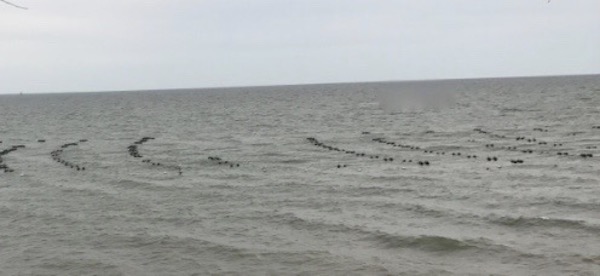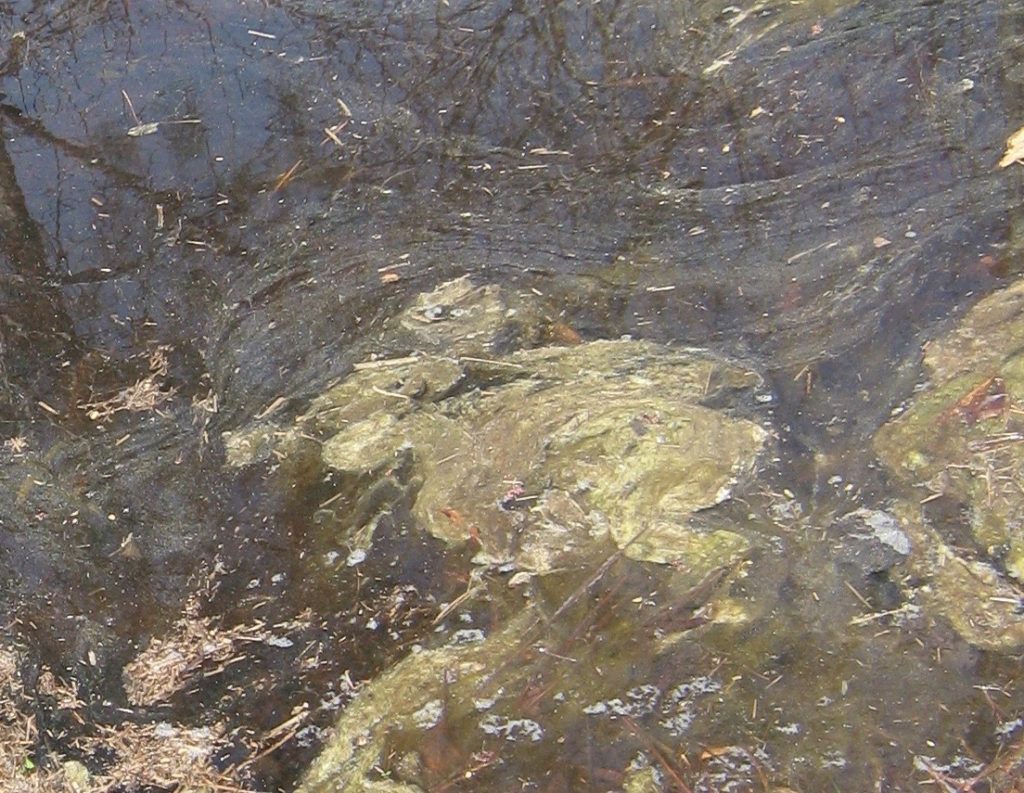By Carol J. Bova
When I learned of the Island Seafood oyster aquaculture project application to the Virginia Marine Resources Commission, I realized this will be the first significant progress toward our water quality improvement goals for the area. In 2012-2013, I was one of four citizens on the Steering Committee of the Water Quality Implementation Plan for Gwynns Island, Milford Haven and Piankatank River Watersheds.
History
We struggled to get the state agencies to adjust the numbers of people and animals they used to calculate water quality goals to more accurate levels, but also to go beyond blaming septic systems for the areas with E. coli. The Department of Conservation and Recreation (DCR) was the lead agency, and they did make a number of adjustments in the numbers of people, dogs, wildlife and farm animals based on citizen research.
Same Problems Still Exist
We were unable, though, to convince the authorities that we couldn’t expect to reduce the E. coli numbers until the Department of Transportation road drainage system allowed oxygenated water from fresh rainfalls to reach the major creeks and rivers. Six years later, headwaters and other streams still cannot flow through blocked pipes under roads, and stormwater still accumulates in roadside ditches, losing oxygen and growing cyanobacteria. While not monitored by the Virginia Health Department, cyanobacteria can produce toxins, and VIMS did find a low level of toxic microcystins in a sample from ditch water pictured below:
E. coli Can Survive Without Oxygen if Protected From Sunlight
When E. coli encounters waters without sufficient oxygen, It enters a viable, but non-culturable state. This means while its predators, in the form of beneficial bacteria, die off without oxygen, E. coli stops reproducing and settles into bottom sediments where it’s protected from sunlight. When storms stir up the waters, and oxygen does reach the E. coli, it once more begins reproducing, without any new input from humans or animals.
Commonwealth Not Ready for Novel Ideas Then
Our 2012 suggestion to provide aeration and probiotics to the headwaters of contaminated larger streams was rejected by the Health Department staff on the committee. They refused to believe E. coli could survive in sediment beyond a few days. Journal references from researchers around the world did not convince them.
In 2015, news accounts of an experiment at Annapolis showed using aeration and probiotic bacteria did reduce E. coli levels by reducing mucky sediments, improving oxygen levels, and restoring beneficial bacteria. (Chesapeake Style, pg. 37). To my knowledge, no one in Virginia has followed this idea. Nothing has improved the E. coli levels here to any measurable extent.
Hope at Last
Now, with the Milford Haven oyster aquaculture project, in spite of the VDOT drainage failures, we have a new way to improve the water quality. We can look forward to improvement in the E. coli numbers as oysters filter millions of gallons of water and remove sediment and excess nutrients from the upper water column. Nearby subaqueous vegetation will benefit from more sunlight reaching the beds and add more oxygen to the Bay’s waters as they grow. So as a result of a waterfront business operation, we end up with cleaner water, less E. coli, more SAV and more oxygen in the water–at no expense to the County or Commonwealth.


